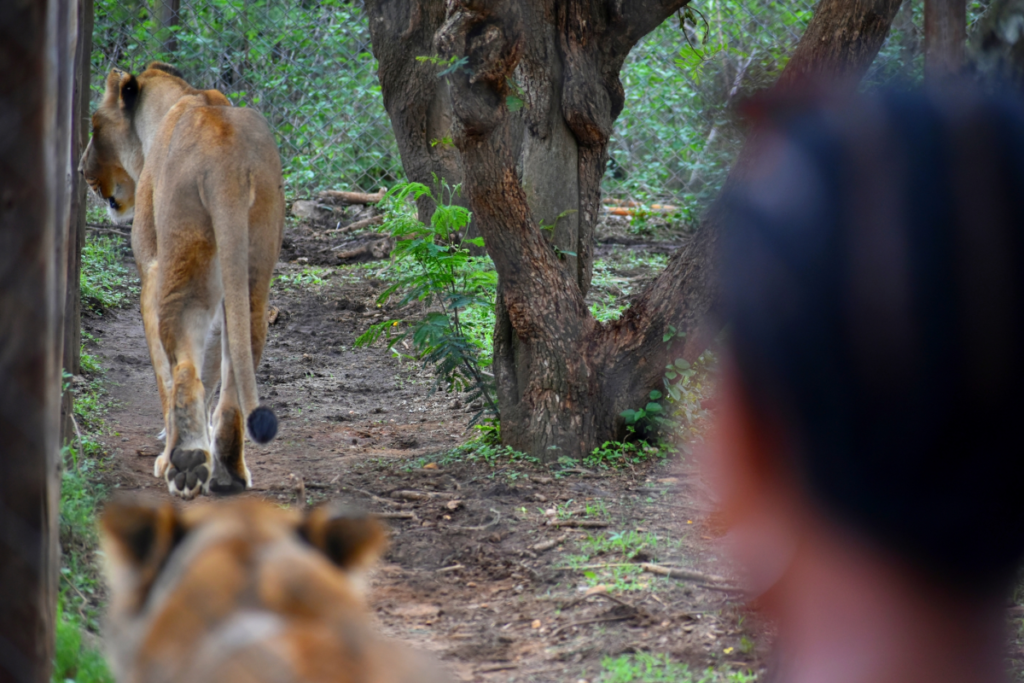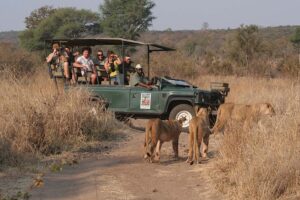Nestled just outside the vibrant city of Bulawayo, Zimbabwe, Chipangali Wildlife Orphanage offers a unique and heartwarming experience for animal lovers and curious travelers alike. This sanctuary is not just a place to see animals; it’s a haven for wildlife conservation and education. Whether you’re a local or a visitor, Chipangali provides an opportunity to connect with nature and learn about the incredible efforts to protect and rehabilitate wildlife.
What to See at Chipangali
Chipangali Wildlife Orphanage is home to a diverse array of animals, each with its own story. As you wander through the sanctuary, you’ll encounter majestic lions, playful monkeys, and a variety of birds, including the striking African fish eagle. The orphanage also houses leopards, cheetahs, and hyenas, offering a rare chance to see these magnificent creatures up close.
One of the highlights is the animal feeding sessions, where visitors can watch the staff interact with the animals and learn about their diets and behaviors. The orphanage also features a reptile house, showcasing snakes and other reptiles native to the region. For those interested in smaller creatures, the small mammal section is a must-visit, featuring animals like meerkats and porcupines.
A Bit of History and Interesting Facts
Chipangali Wildlife Orphanage was founded in 1973 by Viv Wilson and his wife Paddy. The name “Chipangali” means “open friendly country” in the local Ndebele language, reflecting the founders’ vision of creating a welcoming sanctuary for both animals and people. The orphanage was established to care for orphaned, injured, and abandoned animals, with the ultimate goal of releasing them back into the wild whenever possible.
Over the years, Chipangali has become a vital part of Zimbabwe’s conservation efforts, playing a crucial role in educating the public about wildlife and the importance of preserving natural habitats. The orphanage also conducts research and works closely with local communities to promote sustainable practices.
An interesting fact about Chipangali is its involvement in the rehabilitation of pangolins, one of the world’s most trafficked animals. The orphanage has successfully rehabilitated and released several pangolins back into the wild, contributing to the global effort to save this endangered species.
Getting There and Tips for First-Time Visitors
Chipangali Wildlife Orphanage is located approximately 25 kilometers southeast of Bulawayo, making it an easy day trip from the city. To get there, you can hire a taxi or drive yourself. The journey takes about 30 minutes, and the roads are generally in good condition. If you’re using public transport, minibuses heading towards Esigodini can drop you off near the orphanage, but it’s advisable to confirm the route with the driver.
For first-time visitors, it’s important to note that the orphanage is open daily from 9 AM to 5 PM, with the last entry at 4 PM. The best time to visit is in the morning or late afternoon when the animals are most active. Wear comfortable clothing and sturdy shoes, as you’ll be walking on uneven terrain. Don’t forget your camera to capture the incredible wildlife moments.
The entrance fee supports the orphanage’s conservation efforts, so your visit directly contributes to the care and rehabilitation of the animals. Guided tours are available and highly recommended, as they provide valuable insights into the work being done at Chipangali and the stories behind each animal.








